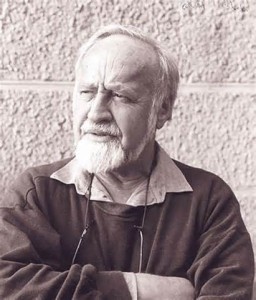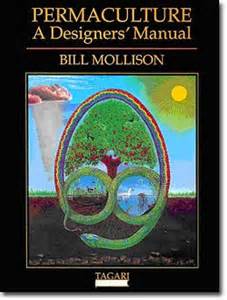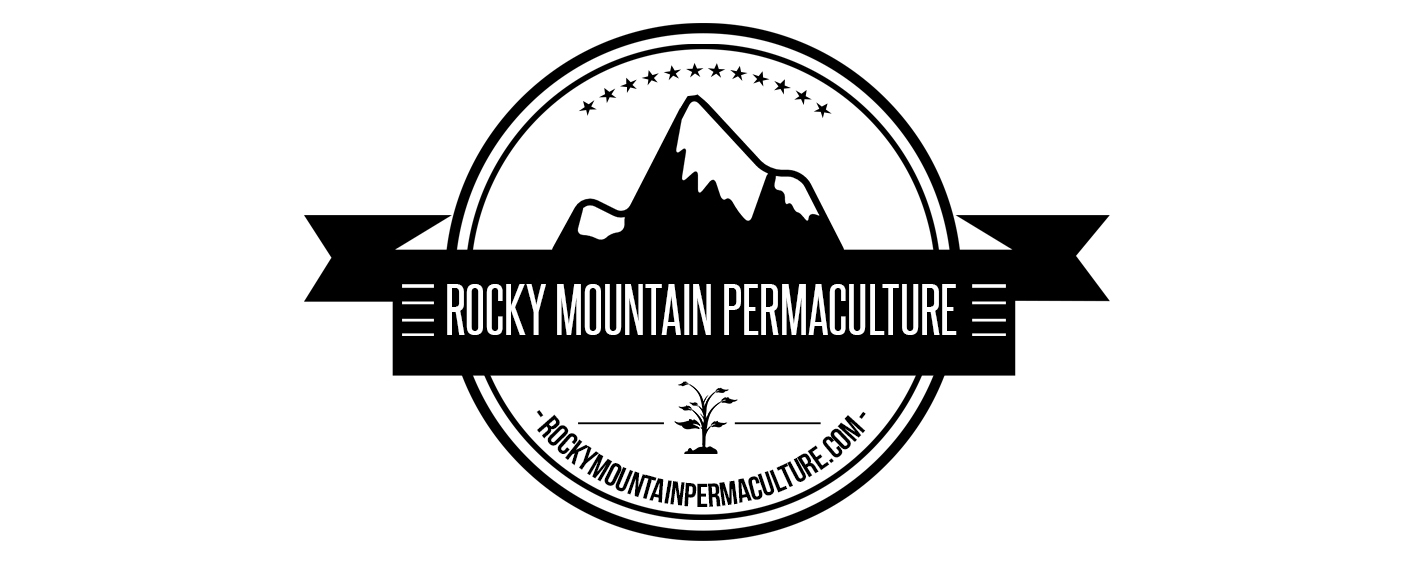About Rocky Mountain Permaculture
Rocky Mountain Permaculture is a community of Permaculture enthusiasts and artisans who are committed to establishing permaculture in and around the Rocky Mountain Region of North America. The North American Rocky Mountains stretch from Canada to New Mexico. There are challenges for permaculture artisans that are unique to the Rocky Mountain region. While all are welcome to visit and participate in our site and forums, we will be focusing on the development, growth, and abundant propagation of permaculture in the North American Rocky Mountains.
Coming soon you will find on this site the Rocky Mountain Permaculture Market Place. This will be a place for individuals seeking design services, workshops, permaculture support products, seeds, trees, books, and other resources for permaculture.
You will also find our podcast, Rocky Mountain Permaculture, here along with other links to permaculture permaculture podcast’s, radio show’s, video’s, TV broadcast’s, and other media on permaculture related topics.
Our BHAG (BIG HARRY AUDATIOUS GOAL) here at Rocky Mountain Permaculture is to establish permaculture in the mainstream of the entire North American Rocky Mountain Region.
Join us. Like us on Facebook, Twitter, Instagram, YouTube. Receive our eNews by signing up for our news letter. Get involved. Get started. Get on a path to restoring our homes, communities, region, and planet.
per·ma·cul·ture
[pur-muh-kuhl-cher]
NOUN
1.
a system of cultivation intended to maintain permanent agriculture or horticulture by relying on renewable resources and a self-sustaining ecosystem.
The Basics
Permaculture: A word coined by Bill Mollison in the 1970’s.  According Bill Mollison: “Permaculture (permanent agriculture) is the conscious design and maintenance of agriculturally productive ecosystems which have the diversity, stability, and resilience of natural ecosystems. It is the harmonious integration of landscapes and people providing their food, energy, shelter, and other material and non-material needs in a sustainable way. Without permanant agriculture there is no possible way of a stable social order.”
According Bill Mollison: “Permaculture (permanent agriculture) is the conscious design and maintenance of agriculturally productive ecosystems which have the diversity, stability, and resilience of natural ecosystems. It is the harmonious integration of landscapes and people providing their food, energy, shelter, and other material and non-material needs in a sustainable way. Without permanant agriculture there is no possible way of a stable social order.”
Permaculture design is a system of assembling conceptual, material, and strategic components in a pattern which functions to benefit life in all its forms.”
Bill Mollison  (Permaculture: A Designers’ Manual. Tagari Publications 1988)
(Permaculture: A Designers’ Manual. Tagari Publications 1988)
The Three Ethics of Permaculture
Earth Care ● People Care ● Fair Share
Earth Care: Recognizing the Earth as the provider of our physical needs and working in harmony with her to create life in the soil and abundance for the creatures who rely on that abundance.
People Care: People care begins with taking responsibility for ourselves and extending that care to our family, friends, and community. As permaculture designers we can grow foo to feed ourselves and our families and we can share with those around us.
Fair Share: Permaculture practice yields abundance and with that abundance comes surplus. The third ethic would have us share the abundance with our fellow being, exchange our production with the production of others. Some permaculturalist share on a communal model giving freely to those around and some permaculutralist share surplus on a commercial for profit model.
The Twelve Principles of Permaculture
1 Observe and Interact
2 Catch and Store Energy
3 Obtain Yield
4 Apply Self-regulation and Respond to Feedback
5 Use Renewable Resources
6 Produce No Waste
7 Design from Pattern to Detail
8 Integrate Rather Than Segregate
9 Use Small and Slow Solutions
10 Use and Value Diversity
10 Use the Edges
12 Creatively Use and Respond to Change
